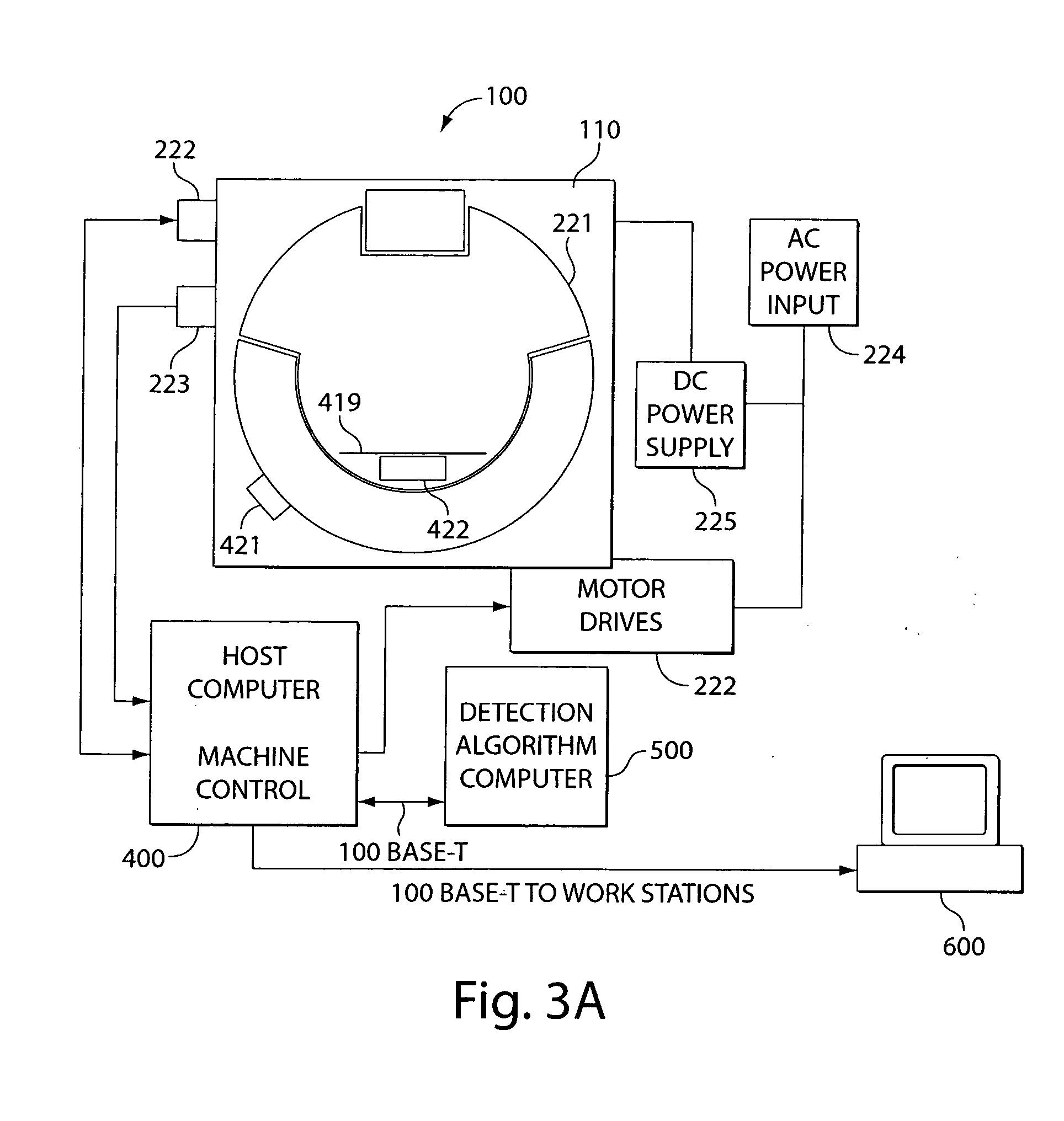Contraband detection systems and methods
a detection system and contraband technology, applied in the field of baggage inspection systems, can solve the problems of long delay in passing through security checkpoints, difficult for even the most highly trained screener to detect explosives using projection x-ray technology, and achieve the effect of automatically eliminating or excluding potential threats from objects under inspection
- Summary
- Abstract
- Description
- Claims
- Application Information
AI Technical Summary
Benefits of technology
Problems solved by technology
Method used
Image
Examples
Embodiment Construction
[0052] The present invention relates to baggage inspection systems. FIG. 2 illustrates an image of a bag from a projection x-ray system such as a conventional system used at security checkpoints in airports. The objects in the bag overlap each other in the image. A highly trained operator must review each image to determine whether the bag includes contraband, such as weapons, explosives, or other excluded items. If the objects cannot be clearly viewed, the bag must be hand searched.
[0053] One embodiment of a system according to the invention includes a CT scanner that obtains CT data of a container, e.g., a bag. CT data may be obtained from a CT scanner of any known design. For example, the CT data may be obtained from a conventional CT scanner as shown in FIG. 1 and discussed above. In another embodiment, a system according to the invention can include a different CT scanner configuration such as that disclosed in U.S. patent application Ser. No. 10 / 677,967, entitled “Folded Arra...
PUM
 Login to View More
Login to View More Abstract
Description
Claims
Application Information
 Login to View More
Login to View More - R&D
- Intellectual Property
- Life Sciences
- Materials
- Tech Scout
- Unparalleled Data Quality
- Higher Quality Content
- 60% Fewer Hallucinations
Browse by: Latest US Patents, China's latest patents, Technical Efficacy Thesaurus, Application Domain, Technology Topic, Popular Technical Reports.
© 2025 PatSnap. All rights reserved.Legal|Privacy policy|Modern Slavery Act Transparency Statement|Sitemap|About US| Contact US: help@patsnap.com



